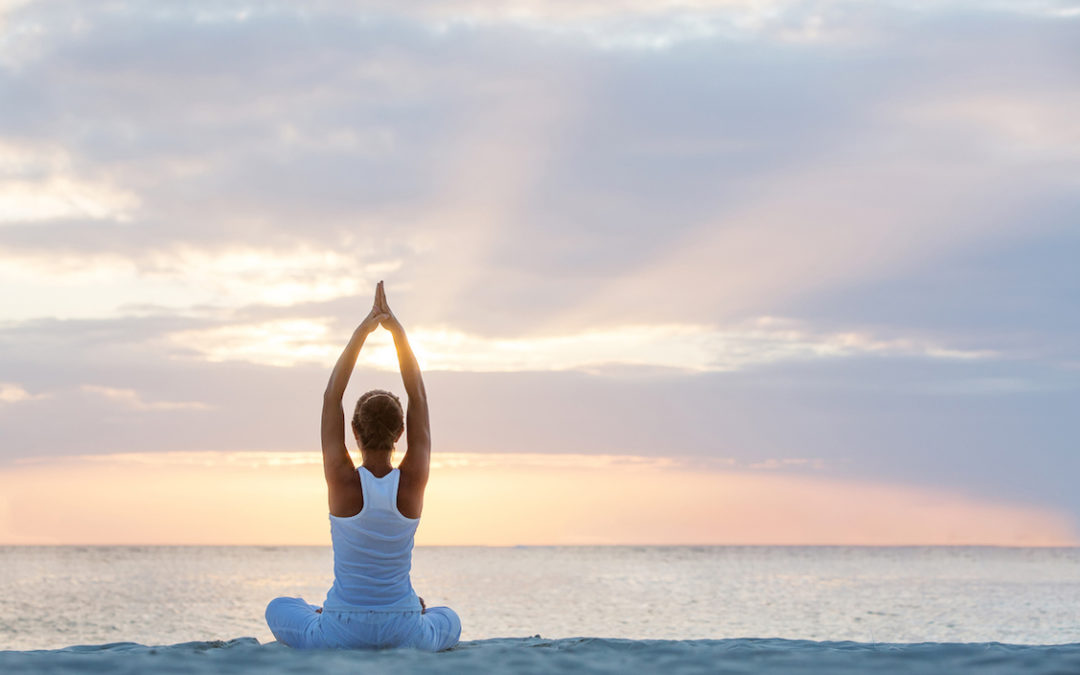Introduction to Mindfulness and Relaxation
Mindfulness, at its core, is the practice of being fully present in the moment. It’s about tuning into your thoughts, emotions, and surroundings without judgment. Combined with relaxation techniques, it becomes a powerful tool for achieving inner peace. The fast pace of modern life often leaves us stressed, overwhelmed, and disconnected from ourselves. Mindfulness and relaxation provide a way to pause, reset, and regain control over our mental and emotional well-being.
Understanding the Benefits of Mindfulness
The benefits of practicing mindfulness extend beyond just feeling calm. It improves mental clarity, reduces anxiety, enhances emotional resilience, and boosts overall life satisfaction. Scientific studies have shown that regular mindfulness practices can lower cortisol levels—our body’s primary stress hormone. By fostering a sense of peace, mindfulness can improve sleep quality, increase focus, and even strengthen the immune system. The benefits are holistic, influencing both the mind and the body.
Practical Mindfulness Techniques
There are various mindfulness techniques that anyone can adopt. Mindful breathing is one of the simplest and most effective ways to center yourself. Sit comfortably and focus on your breath as it enters and leaves your body. Another technique is sensory mindfulness, where you pay close attention to sounds, smells, tastes, and textures around you. Meditation apps like Calm and Headspace also make it easy to incorporate mindfulness practices into your routine, offering guided exercises tailored to your needs.
Incorporating Relaxation into Daily Life
Relaxation is not just about taking a break—it’s about intentional unwinding. Incorporating relaxation into your day can be as simple as a 10-minute stretching session in the morning or a warm bath at the end of the day. Yoga and progressive muscle relaxation are excellent activities that combine movement and mindfulness for deeper relaxation. Even listening to your favorite music mindfully or spending time in nature can be deeply grounding and rejuvenating.
Chart: Tracking Your Mindfulness Progress
Tracking your mindfulness practice can help you measure your growth over time. Below is an example of a simple chart you can create to monitor your progress:
|
Day |
Duration (mins) |
Activity Practiced |
How I Felt After |
|---|---|---|---|
|
Monday |
10 |
Mindful Breathing |
Calm, centered |
|
Wednesday |
20 |
Body Scan Meditation |
Relaxed, clear-headed |
|
Friday |
15 |
Sensory Awareness Walk |
Connected, peaceful |
This tracking system allows you to reflect on what techniques work best for you and where you may need to make adjustments.
Overcoming Challenges in Practicing Mindfulness
While mindfulness offers remarkable benefits, maintaining a consistent practice can be challenging. Distractions, lack of time, and even frustration with “not doing it right” are common obstacles. Remember, mindfulness is not about perfection. If your mind wanders during a session, gently guide it back without judgment. Start small—5 minutes a day can still make a difference. Scheduling a specific time daily for mindfulness can also help turn it into a habit.
Advanced Mindfulness Practices
For those with established mindfulness practices looking to deepen their experience, there are advanced techniques to explore. Practices like loving-kindness meditation involve sending goodwill and positive intentions to yourself and others. Walking meditation, where you focus on the physical sensations of walking, connects mindfulness with movement. Vipassana meditation retreats provide immersive experiences for profound self-discovery and mental clarity. Advanced practices open up new dimensions of awareness and inner growth.
Mindfulness in Relationships and Communication
Mindfulness isn’t just an internal practice—it can transform relationships. By being fully present during conversations, you truly listen and respond with care. This strengthens connections and fosters trust. Mindfulness can also help you express your thoughts and feelings more clearly, reducing misunderstandings. Practicing gratitude, empathy, and open-mindedness in your interactions can improve both personal and professional relationships.
The Science Behind Mindfulness and Relaxation
The growing body of research supporting mindfulness and relaxation highlights its credibility. Neuroscientific studies reveal that mindfulness alters brain structure, particularly in regions associated with emotion regulation, memory, and learning. The amygdala, which processes stress, becomes less active, while the prefrontal cortex, linked to problem-solving, becomes stronger. This scientific backing underscores mindfulness’s potential to positively impact mental and physical health.
The Power of Mindfulness in Finding Inner Peace
Mindfulness and relaxation are not quick fixes but lifelong practices that lead to profound peace and joy. By incorporating these practices into your routine and responding to challenges with patience and resilience, you can transform your daily life. Start small, stay consistent, and enjoy the process. Remember, the goal is not to eliminate life’s difficulties but to face them with a calm and balanced mindset.
FAQ
What is mindfulness?
Mindfulness is the practice of being fully present in the moment, paying attention to your thoughts and surroundings without judgment.
How often should I practice mindfulness?
Starting with 5-10 minutes daily is effective. With time, you can increase the duration and incorporate mindful moments throughout your day.
Can mindfulness help reduce stress?
Yes. Mindfulness has been scientifically proven to lower stress levels by reducing cortisol and promoting relaxation.
Do I need any special equipment to practice mindfulness?
No special equipment is needed—just a quiet space and the willingness to focus on the present moment.
Are guided meditations helpful for beginners?
Definitely. Guided meditations provide structure and support, especially for those new to mindfulness practices.




